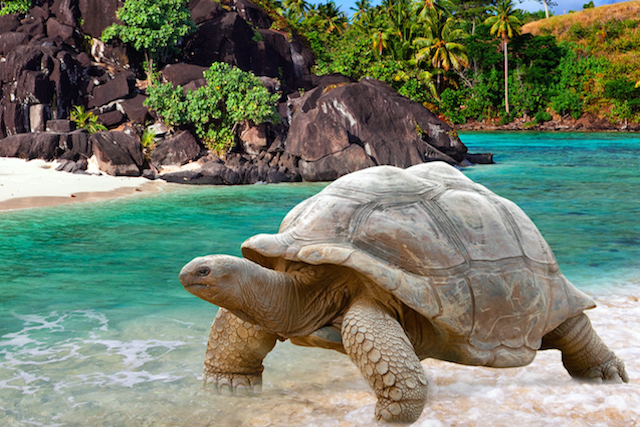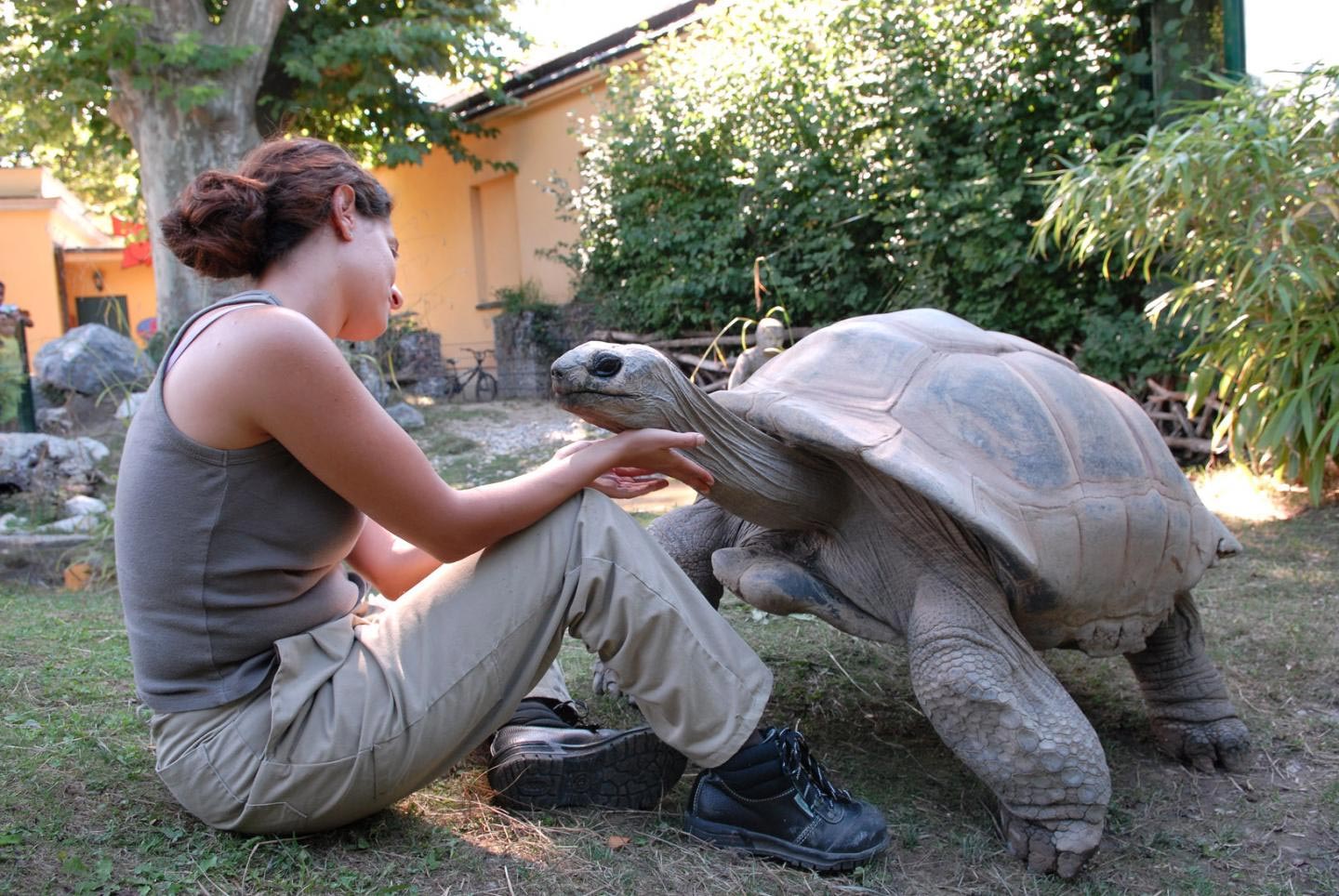Table Of Content

Pancake tortoises are herbivores and graze on dry grasses. Unfortunately, these tortoises are Critically Endangered thanks to over-collection for the pet trade along with habitat destruction. Russian tortoises inhabit the dry steppes and deserts of Central Asia, ranging from Russia to places like Afghanistan, Pakistan, and Uzbekistan. They favor regions with higher elevation and rocky ground. These tortoise are herbivores and eat various types of grasses.
What Supplies Do You Need To Provide A Home For A Tortoise?
"Tortoise Fairy" revealed in Oro Valley - KGUN 9 Tucson News
"Tortoise Fairy" revealed in Oro Valley.
Posted: Wed, 20 Mar 2024 07:00:00 GMT [source]
In addition to differences in the neck, skulls vary in size and shape between the two groups, though all are made up of the same bony elements. The pleurodiran and cryptodiran turtles differ fundamentally in lower jaw architecture and musculature. This turtle can quickly enlarge the cavity of its mouth and throat when striking at passing prey.
The Scales on Their Shells Are Called “Scutes”
The term ‘tortoise’ is used to denote members of the family Testudinidae, which is just one family of turtles. So, while every tortoise is a turtle, not every turtle is a tortoise. In Africa, and especially Madagascar, local communities extensively consume tortoises for food, leading to dwindling populations.

What is the difference between a turtle and a tortoise?
Reaching lengths of up to two feet, the Burmese mountain tortoise is a behemoth! But if you hold them for too long, they may feel threatened and scared enough to defend themselves. If you live in a warm climate, it’s best to keep the tortoise outside (if you have enough space). Not only are outdoor spaces bigger, but it’s easier to replicate natural conditions.
According to the IUCN, there are a number of tortoise species with both Critically Endangered and Endangered status. It consists of a top, which is called a carapace, and a bottom, which is called a plastron. The carapace and the plastron usually join along the sides of the body, creating a rigid skeletal box. Tortoises produce a relatively low number of soft, leathery eggs per clutch.
They will slowly meander along feeding on grasses, fruits, and other plants. Because they live in semiarid conditions, temperatures can be brutal. When it gets to be too hot for the tortoise, they will retreat to their burrow. Some tortoise species make excellent charismatic pets, but make sure you know what you are getting into.
Hermann’s Tortoise Size
Many of them are preyed upon by birds and other predators soon after they hatch. In some species, it has been estimated that only 2-5% of tortoise hatchlings will reach adulthood. Part of this low survival rate is because adult tortoises do not provide parental care, with hatchlings being left to fend for themselves as soon as they emerge. Tortoises, which are a type of turtle, are predominantly herbivores, but some will consume invertebrates and carrion. Some turtles even crush shells of mollusks in order to obtain the meat. Turtles are reptiles of the order Testudines that have bodies encased in bony shells.
What do They Eat
Pancake tortoises are endemic to Kenya and Tanzania, where they inhabit rocky hillsides and arid bushland and savanna. Colonies of these flat-shelled tortoises often share the same rocky outcrop and are accomplished climbers. Egyptian tortoises are part of the Cryptodira group of tortoises, also known as neck-hiding tortoises.
Appearance, diet, and behavior
The carapace and the plastron are connected by what is called the ‘bridge’. The shell is covered with scutes which are scales that are made of keratin (the same protein that our fingernails are made of). The carapace can help indicate the age of the tortoise by the number of concentric rings, much like the cross-section of a tree. Unfortunately, Egyptian tortoises don’t have a wide comfort range when it comes to temperature and humidity levels. So, you must invest in proper measurement equipment to ensure that conditions are within the accepted parameters at all times.
Their thick legs and long necks enable them to graze on lower hanging tree branches. This mighty species eats a herbivorous diet but may sometimes eat carrion as well. Leopard tortoises are Africa’s second-largest tortoise species native to eastern and southern regions such as South Sudan, Somalia, Namibia, and South Africa. They inhabit dry grasslands and savannas and don’t tolerate humid conditions. Angonoka tortoises are a Critically Endangered species endemic to a small region in northwestern Madagascar.
Tortoises have column-like hind legs and elephantine front legs suited for locomotion on solid ground. They are also equipped with sharp claws that allow them to easily dig burrows and traverse different terrains. In Greek mythology, the tortoise was the symbol for the Greek god Hermes. There are a number of different examples of this fascinating animal in history and mythology.
Instead of the tall shells that tortoises are known for, pancakes have a broad and flat shell. Reaching only five to eight inches as an adult, these pet tortoises don’t need a massive enclosure to stay happy. In the wild, these tortoises are quite widespread and don’t stick to a specific type of environment. As a result, they do just fine in any well-decorated habitat. The arrangement of the scutes mimics the look of Greek mosaics, which is how these tortoises get their common name. For those reptiles living indoors, it’s good to provide some additional supplements as well.
The tortoise also has a round, domed shell and club-like, flat-footed legs. In comparison, turtles have flat shells and flippers or webbed feet so they can swim in water easily. With their domed shells and long lifespan, tortoises are fascinating animals. That said, there’s more to them than their slow, crawling stride and love of leafy greens.
They primarily eat plant-based foods, but high-protein snacks a few times a month are important, too. The color adds some visual interest to the tortoise’s dark brown skin. You can find splashes of yellow throughout the feet, head, and face. The biggest challenge of this species is creating the right temperature and humidity gradient. You must create separate zones, including a dry zone and a humid zone, to keep these animals happy.

No comments:
Post a Comment